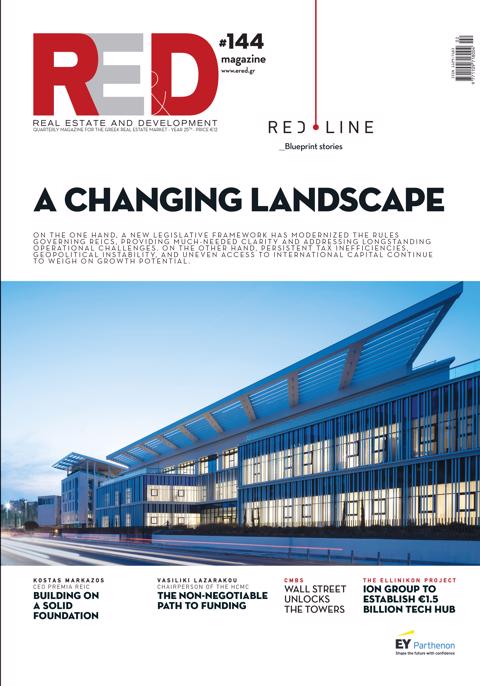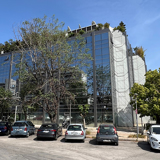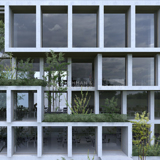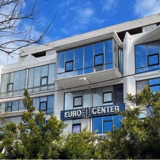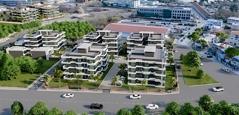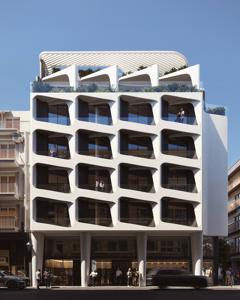The latest report from Cushman & Wakefield (NYSE: CWK) explores the permanent shifts in how businesses, employees, and consumers interact with physical spaces, identifying key trends that continue to shape the industry today.
"The pandemic forced a dramatic reassessment of how we use and value the built environment and commercial spaces," said David Smith, Head of Americas Insights. "While some changes have reverted to pre-2020 norms, others have become permanent aspects of how we live, work, and play."
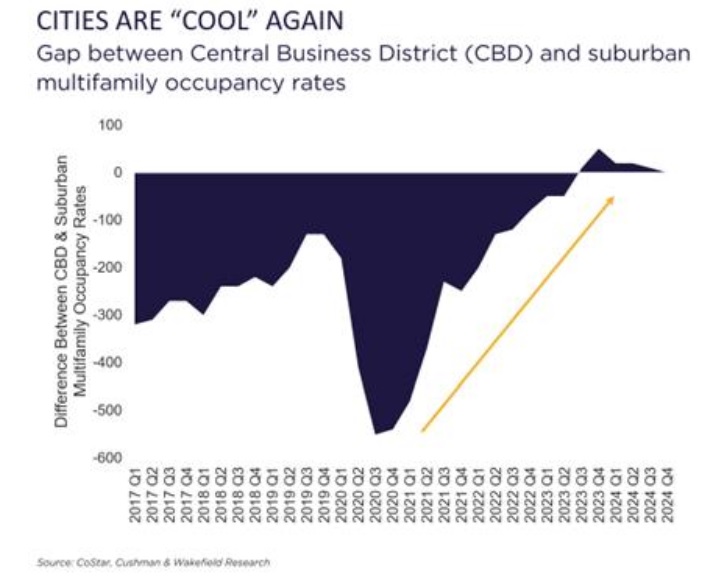
Cities are becoming attractive again, especially among younger demographics. Residential property occupancy rates have returned and even surpassed pre-pandemic levels by the end of 2021. For example, Manhattan saw a 9% increase in the population aged 15-29 between 2022 and 2023. Furthermore, activity in Class A office leases in city centers has returned to 41%, confirming confidence in urban hubs.
✓ Commuting Remains a Challenge
Remote and hybrid work models continue to influence office occupancy levels, with proximity now playing a significant role in workplace attendance. Employees living within one mile of their office are returning to the workplace at over 90% of pre-pandemic levels, while those living more than three miles away are returning at only 70%. This shift highlights the growing preference for workplace flexibility and the challenges posed by long commutes.
✓ Consumer Behavior Stabilizes
Many pandemic-driven changes in consumer habits—such as the rise of e-commerce and reduced spending on restaurants and travel—have now stabilized. While online shopping surged by 44% in 2020, growth has since returned to pre-pandemic levels, with an annual increase of 15%. International tourism, which had plummeted to just 10% of 2019 levels, has also seen a significant recovery.
✓ Slowdown in New Developments
Higher interest rates, inflation, and labor costs have curtailed new developments across all sectors. The volume of industrial and residential properties under development has dropped by 17% and 8%, respectively, compared to Q1 2020. Meanwhile, retail construction has remained consistently low for seven years, contributing to limited vacancy rates despite several store closures in 2024. Office development, which reached record levels in 2020, has significantly decreased from 12.5 million square meters to below 2.7 million square meters, leading to potential future shortages.
✓ Expansion of the Experience Economy
A key takeaway from the report is the increasing importance of experiential spaces in urban environments. Two-thirds of pedestrian traffic in walkable city centers now comes from visitors rather than residents or employees. However, only 12–15% of the city’s real estate is dedicated to “experience” spaces—such as retail, hotels, entertainment, and cultural institutions—well below the optimal mix of 25%. Neighborhoods with a greater focus on experiential spaces have seen higher GDP growth, more resilient property values, and stronger pedestrian traffic.
✓ Looking Ahead: Revitalizing Cities for the Future
The findings highlight the need for cities and real estate developers to create more balanced portfolios that incorporate living, working, and experiential spaces. Mixed-use developments that prioritize comfort, social engagement, and entertainment will be key to urban success moving forward. “As cities continue to evolve, the commercial real estate sector must adapt by designing spaces that foster community and experience,” added Smith. “Investors and property companies that embrace these changes will be best positioned for long-term success.”
"Similar trends and findings are observed in the Greek market, except for the acceleration of new developments rather than a slowdown. Urban centers are reviving, guiding us through a new landscape," added Niki Symboura, CEO of Cushman & Wakefield Proprius.

